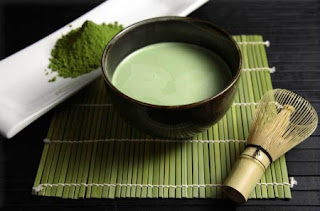Our last stop for Christmas in Asia is Christmas in China. Although Christmas has some presence in China, it is not as widely celebrated or acknowledged as it is in Korea or Japan. Most shops, schools, and offices remain open- as it is not considered an official holiday. Despite this, some elements of a Western Christmas can be found in China around this time of year.
Large shopping centers and department stores are often decked out in Christmas decorations in acknowledgement of the holiday. Everything from Christmas trees, to lights, to other various decorations are put up around the end of November to bring on the season. Even a few homes get into the spirit of Christmas, hanging Christmas lights around the outside of the house or putting up a small tree inside. China even has their own version of Santa Claus, who spends his time visiting hotels and malls across the
country. Rather than being accompanied by elves, the Chinese Santa travels alongside his sisters- women dressed in red and white skirts. Traditionally, the Chinese Santa does not leave presents or accept treats of milk and cookies but he will pay a home visit to take pictures with excited children.
To learn more about the cultural and diversity taught at Fujimini Island, please click here.
Despite the small size of Christmas in China, emphasis on the holiday is increasing each year. Many families now gather together on Christmas Eve for a special dinner with friends. Close friends and family often will exchange cards or small gifts. Hotel restaurants and Western restaurants will almost always feature a traditional Christmas dinner and other festive treats during this time. Many Chinese people love to go on shopping sprees during the November and December months. Another seasonal favorite, ice skating, is available at special locations that are set up exclusively for the Christmas season, such as at Weiming Lake at Peking University in Beijing.













































